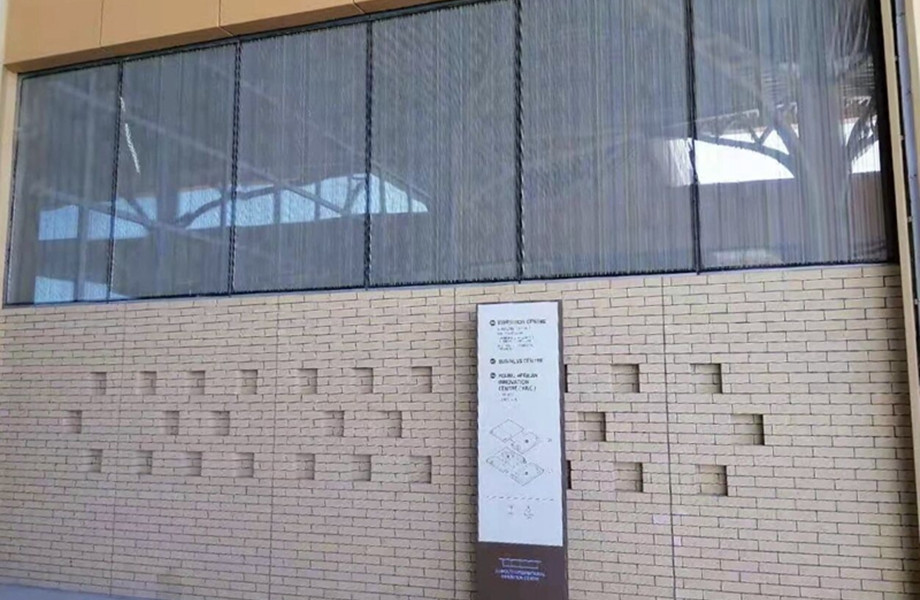Architectural glass is one of the common materials in the construction field. It not only has a beautiful appearance, but also has multiple functions. Do you know the common types of architectural glass and their functions?
laminated glass vs tempered glass factory
.png)
Tempered glass is a specially treated glass with high strength and impact resistance. Tempered glass is rapidly cooled after heat treatment, causing compressive stress on the surface and tensile stress on the interior, thereby enhancing the strength of the glass. When tempered glass is impacted by external forces, even if it breaks, it will break into small particles, reducing the threat to personal safety. Therefore, tempered glass is often used in windows, doors, curtain walls, etc of buildings to provide higher safety.
.jpg)
Laminated glass is a composite glass with a layer of PVB film sandwiched between two or more layers of glass. Laminated glass has high safety and sound insulation properties. When impacted by external force, laminated glass can maintain the overall structure even if it is broken, without producing sharp fragments, reducing the threat to personal safety. In addition, the PVB film of laminated glass can effectively reduce the transmission of indoor and outdoor noise and provide better sound insulation effect. Therefore, laminated glass is often used in exterior walls, ceilings, partitions, etc of buildings to provide higher safety and comfort.
sliding glass door curtains|kxglass.com
.jpg)
Insulated glass is a glass structure formed by two pieces of glass separated by aluminum strips. Insulating glass has good thermal insulation properties. The air spacer between the two pieces of glass can effectively block the transfer of heat, reduce the exchange of indoor and outdoor temperatures, and improve the energy efficiency of the building. In addition, insulating glass also has good sound insulation properties, which can reduce the transmission of indoor and outdoor noise. Therefore, insulated glass is often used in windows, curtain walls, etc, of buildings to provide better thermal and sound insulation effects.
1904.jpg)
insulated curtains wall sliding glass doors
In addition to the common types of building glass mentioned above, there are also some special functional building glass. For example, reflective glass is a type of glass coated with a metal film on the surface of the glass, which has good insulation performance and privacy protection. Low radiation glass is a type of glass coated with a layer of low radiation silver film on the surface of the glass, which has good thermal insulation performance and light transmittance. Fireproof glass is a type of glass with fire-resistant properties that can provide insulation and flame retardancy in the event of a fire, protecting the safety of personnel's lives and property. Privacy smart switchable glass is a type of glass that can control transparency through current, and the transparency of the glass can be adjusted as needed to protect personal privacy.
.png)
In architectural design, choosing the appropriate type of architectural glass can improve the comfort and energy efficiency of the building and create a more livable environment. Tempered glass provides higher safety, laminated glass provides higher safety and sound insulation, and insulated glass provides better thermal and sound insulation. When choosing architectural glass, you also need to consider factors such as the building's functional requirements, environmental conditions, and budget, and comprehensively consider selecting the most appropriate type of architectural glass.


2987.jpg)
0484.jpg)
0186.png)
8360.png)
.jpg)


.jpg)
.jpg)
.png)
.png)
.png)
.jpg)
.jpg)